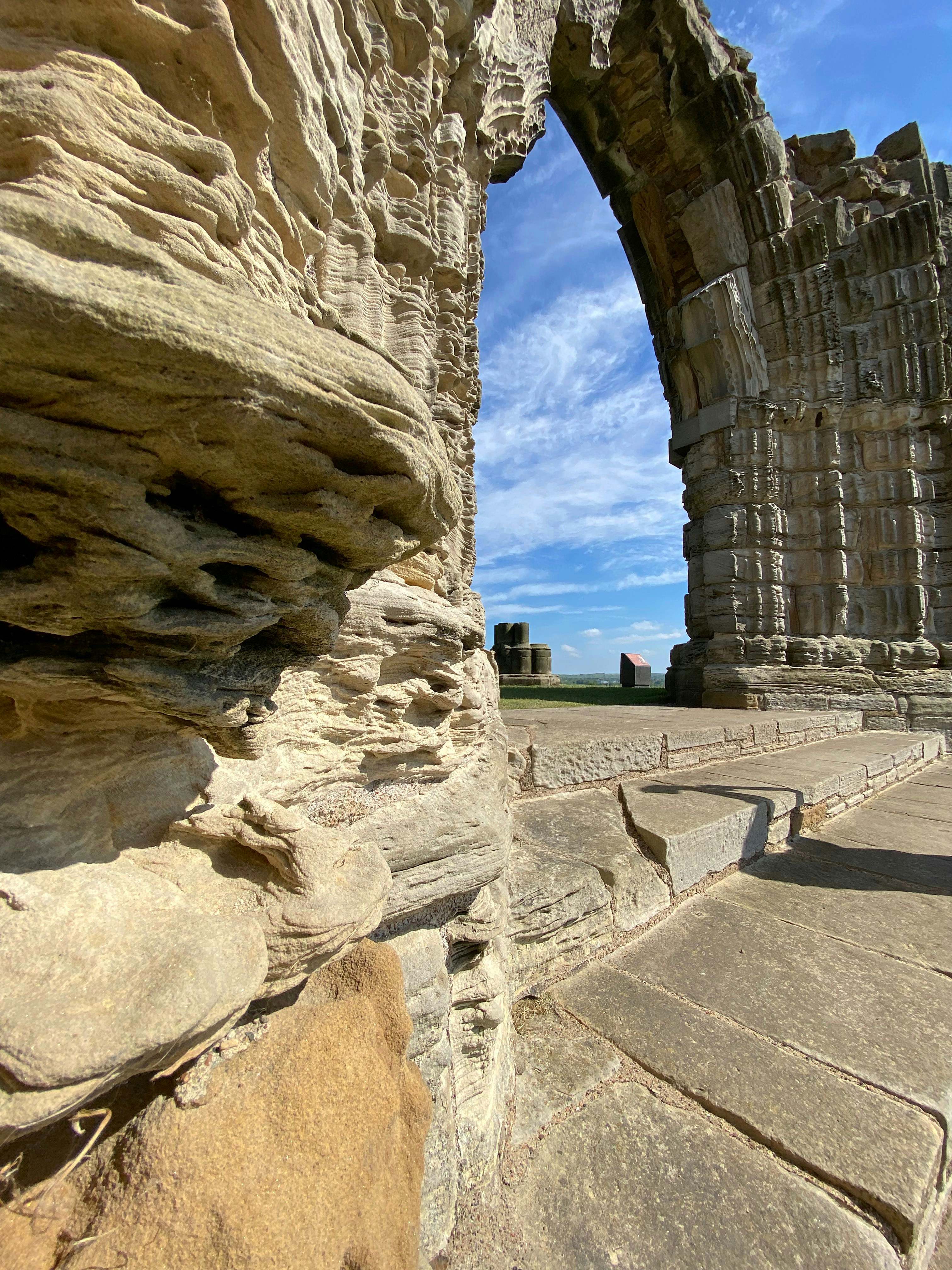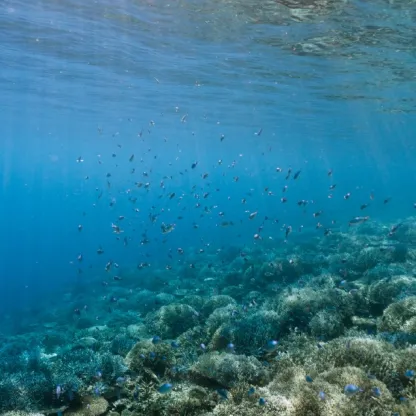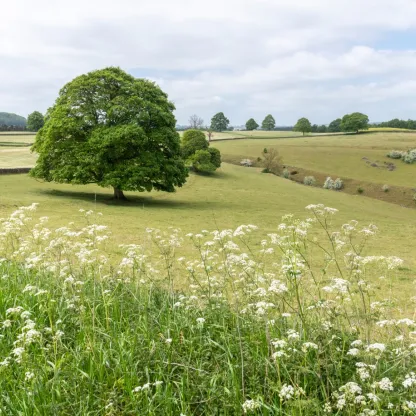A global partnership to protect what cannot be replaced

Investing in protection: Why Greenbank supported the World Heritage report
Article last updated 22 July 2025.
Greenbank, Rathbones’ specialist sustainable investment team, is proud to have co-authored a new report highlighting the growing threat that extractive industries pose to some of the planet’s most exceptional natural and cultural landmarks. Published in partnership with UNESCO, the Church of England Pensions Board, IUCN and WWF, Extractive Activities in UNESCO World Heritage Sites: Commitments, Risks and Investment Implications sets out the critical role investors must play in preventing irreversible harm to these irreplaceable sites.
Why Greenbank got involved
At Greenbank, we believe that sustainable investment is about more than managing financial risk — it's about recognising where economic activity threatens the foundations of our shared natural and cultural capital. World Heritage Sites are designated precisely because of their outstanding universal value. They protect rare biodiversity, hold deep historical significance, and support the livelihoods of local communities around the world.
As Kai Johns, Senior ESI Researcher at Greenbank, explains:
“At Greenbank, we see the protection of World Heritage Sites as a crucial aspect of the preservation of biodiversity and cultural heritage.
Extractive activity in and around these sites raises significant concerns with risks extending far beyond environmental degradation alone. These risks include loss of species and ecosystems, damage to sacred or culturally significant land, as well as the marginalisation of its communities. These are not easily mitigated, let alone reversed.
We believe investors have a responsibility to recognise where company activities meet these boundaries, to acknowledge where clear limits must be drawn, and to support companies demonstrating care and responsibility in how they operate.
At its heart, this is about protecting what cannot be replaced.”
Greenbank’s involvement reflects our long-standing commitment to integrating environmental and social considerations into investment research and stewardship. By helping to shape the report’s recommendations and supporting greater transparency, we hope to equip the investment community with the data, insight and tools needed to take action.
What the report found
The findings are sobering. Over one-third (36%) of the world’s natural World Heritage Sites currently contain extractive assets — such as oil and gas licences, mines, or exploration blocks. Nearly half of all natural sites lie within just one kilometre of an extractive asset, and almost three-quarters (73%) are within 20 kilometres. These figures suggest that despite global commitments, the threats posed by extractive industries remain extensive and geographically widespread.
For the first time, the report also explores the proximity of extractive operations to cultural World Heritage Sites — identifying that 17% lie within half a kilometre of a mining or fossil fuel asset. These activities risk not only environmental damage, but also the erosion of irreplaceable cultural identity and heritage.
The report is clear: investors face material financial and reputational risks when their portfolios are exposed to companies operating in or near protected areas. But it also points to an opportunity. The majority of assets identified are not yet under active development, giving investors a critical window in which to act — by engaging with companies, strengthening exclusion policies, and backing businesses that respect no-go commitments.
A call to action for investors
The report outlines clear steps investors can take — from adopting World Heritage ‘no-go’ investment policies and improving spatial risk assessments, to pushing for corporate disclosure and engaging with companies on responsible site management and decommissioning. It also highlights the importance of respecting the rights of Indigenous Peoples and supporting global frameworks such as the Kunming-Montreal Global Biodiversity Framework and the Taskforce on Nature-related Financial Disclosures (TNFD).
For Greenbank, this work is an extension of our belief that truly sustainable investment recognises boundaries — and that safeguarding the most vulnerable and valuable places on Earth is both a moral imperative and a strategic priority.
Read the full report: Extractive Activities in UNESCO World Heritage Sites
Explore the risks, responsibilities, and investment implications for protecting what cannot be replaced.




